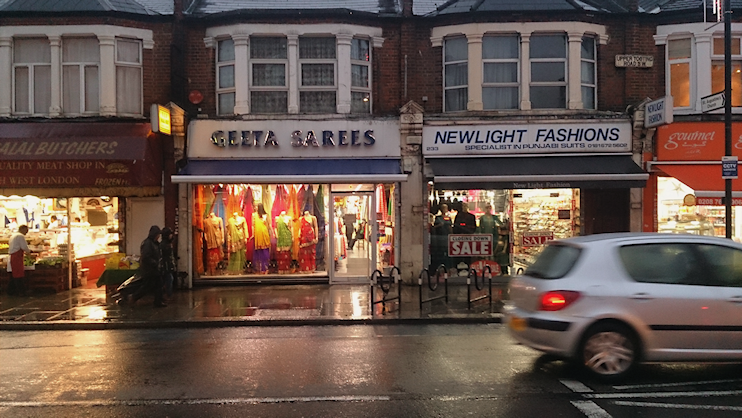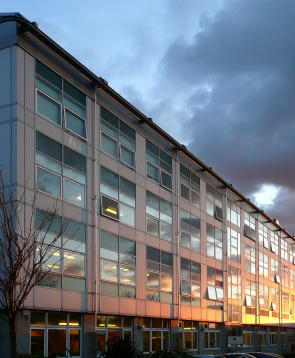Tooting Bec
Tooting Bec, Wandsworth
The northern part of Tooting, also known as Upper Tooting†

At the time of Domesday Book, there were two Tooting manors. The more northerly of the pair was given by William the Conqueror to Richard of Tonbridge, who in turn endowed it to the abbey of Notre Dame du Bec in Normandy. There is speculation that the monks of Bec may have established here a priory around which a settlement coalesced in the 12th century, but if this is the case its site has not been located.
By the 16th century Tooting Bec was the largest village in the parish of Streatham. The manor passed through various monastic and secular hands before and after the Reformation, ending up as part of the Duke of Bedford’s extensive holdings in the area.
The Metropolitan Board of Works acquired Tooting Bec Common in 1873.
Poor drainage delayed suburban development in Tooting Bec until the problem was overcome in the late 19th century. At that time the grandest villa was Park Holme, which may have occupied the site of the medieval manor house.

Tooting Bec asylum was built in 1903 on the site of another building referred to as a manor house but lacking historical justification for the name.
Tooting Bec lido opened in 1906 and the South London swimming club was formed there the same year. The pool is the widest in Europe and one of south London’s most delightful leisure amenities.
Park Holme was demolished in 1924 and replaced by the Bell estate, named after the house’s last owner, Eliza Bell.
Tooting Bec station opened in 1926, originally as Trinity Road (Tooting Bec). The station was designed by Charles Holden.
Bec school was founded in 1926 – and amalgamated with the adjacent Hillcroft school in 1971. The united school has since evolved to become Ernest Bevin college, which is shown in the small photo.
Tooting Bec asylum closed in 1995 and the site was redeveloped by Fairview Homes as Heritage Park (a blandly generic would-be-aspirational name), which has nearly a thousand homes.
